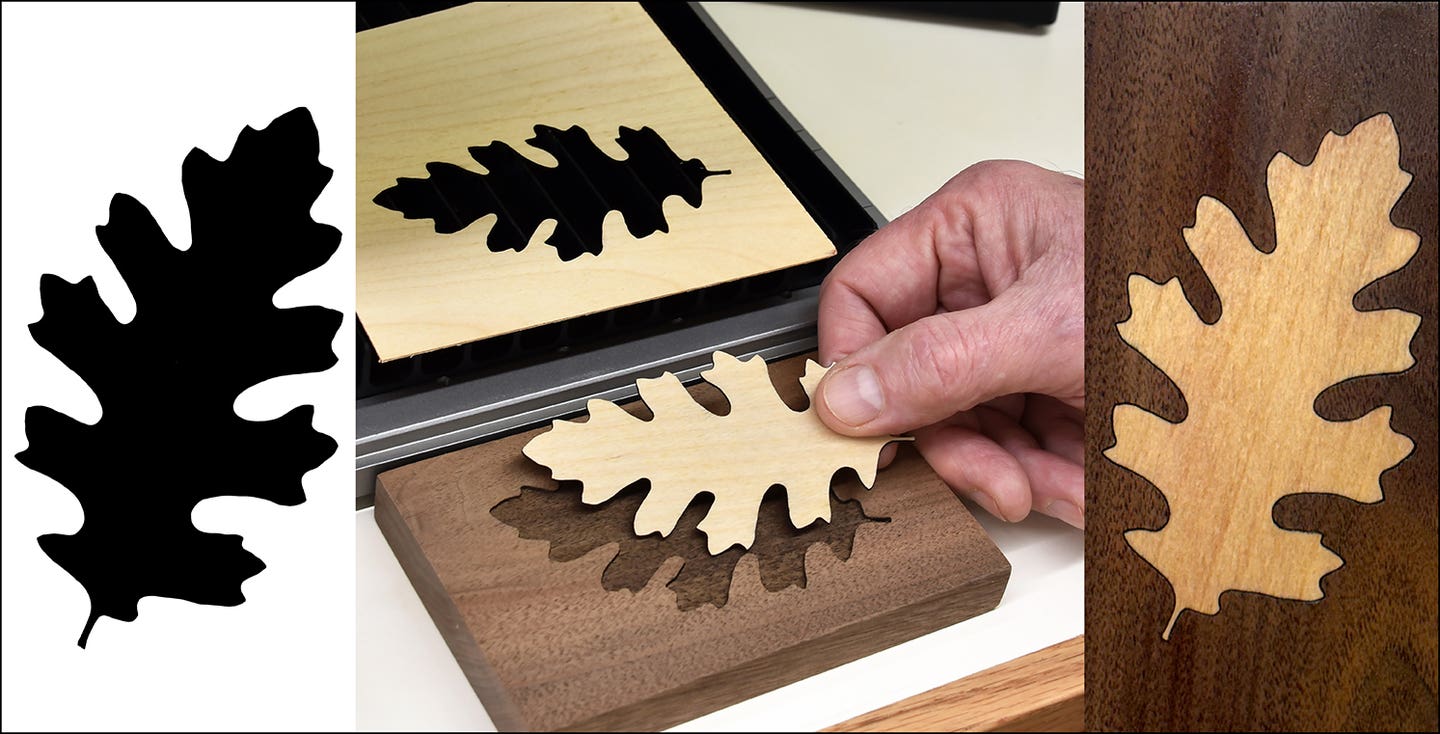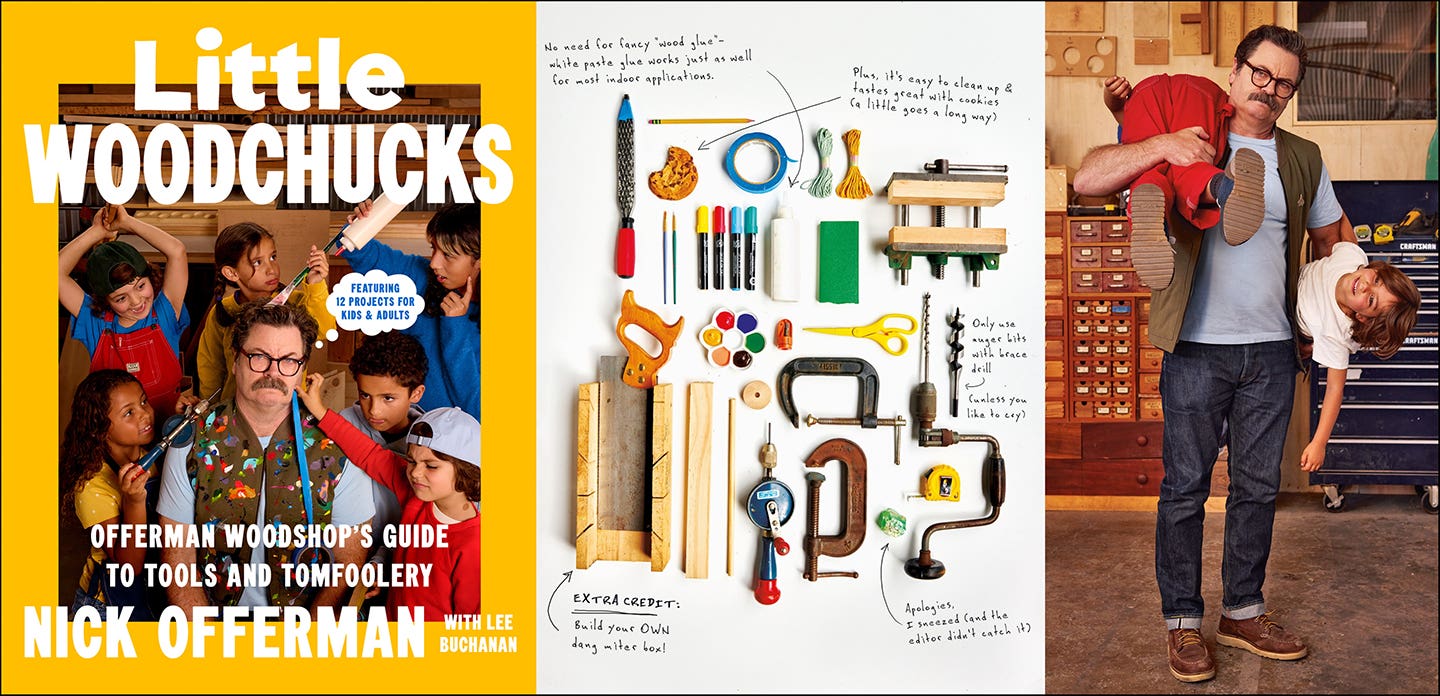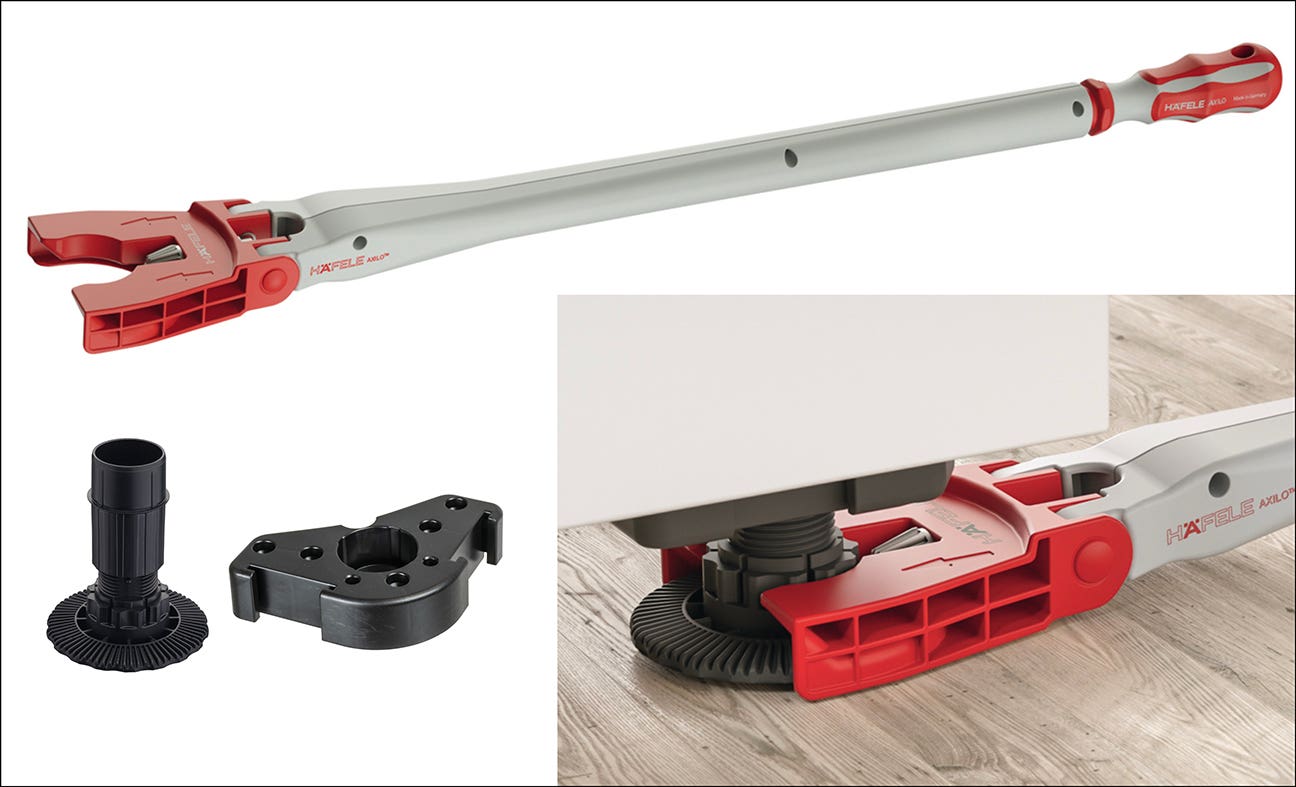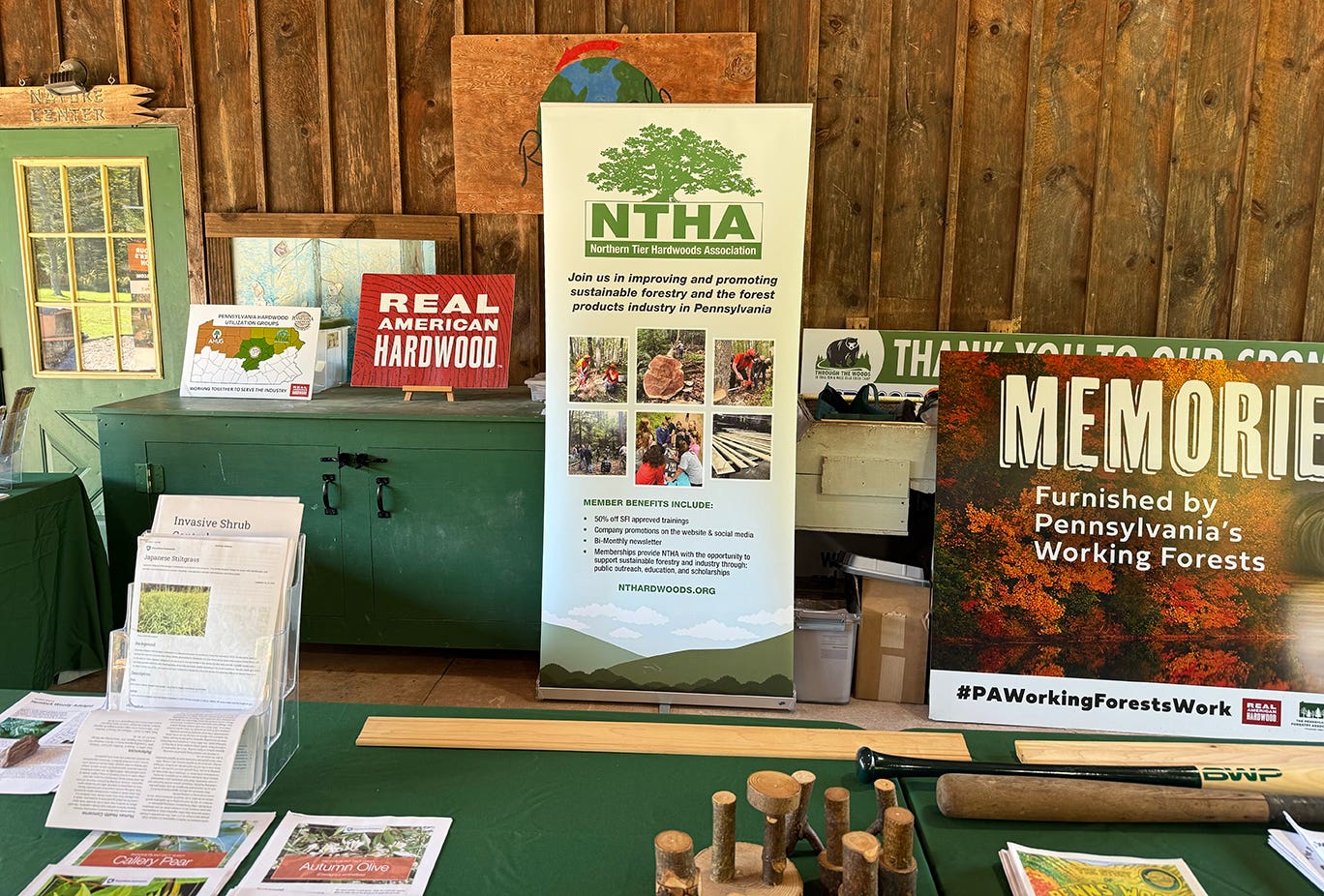Staying on the straight and narrow
Maintenance costs time and money. But if we don’t do it, the cost goes up. Most of the machines in a woodshop are low maintenance, but there are a few…
Maintenance costs time and money. But if we don’t do it, the cost goes up.
Most of the machines in a woodshop are low maintenance, but there are a few that need to be tweaked every now and then. Thickness planers need oil, compressors must be drained and so on. But the maintenance chores that make the most difference in the quality (and safety) of our work have to do with alignment. And there is no more valuable tool for doing this than a decent metal straightedge.
In our shop, we bought a 9-foot length of 1/2” x 2” aluminum from a local welder. It’s light, strong and straight and it can be used to draw lines on plywood, guide a router and so on when it’s not being used to maintain fences and tables.
Miter saws
Most miter saws have a means to realign the fence (usually a couple of Allen bolts that can be loosened and tightened). It’s surprising how often these get slightly out of alignment: not enough to cause a shutdown, but definitely enough to cause a little frustration. If the fences crown (that is, the ends closest to the blade are a hair forward), cuts are very slightly less than 90 degrees and odds are you won’t even notice it right away. But if the fences bow (where the ends near the blade recede), then the blade can bind in the cut, causing kickback.
To realign them, unplug the saw, loosen the bolts, clamp your straightedge tight to both fences and tighten. Plug in the saw and make a cut in some scrap: it must be parallel along its length (like a 1x4). Flip one of the two cut ends and see if they align. You’re looking to see if the cut is a true 90 degrees. If not, unplug the saw, clamp the straight-edge back in place, loosen the bolts and make a minor adjustment. It often takes three or four test cuts to get things on the money.
Jointers
A long straightedge makes quick work out of aligning jointer tables, too. On many smaller jointers, the outfeed table is locked and the infeed table moves up and down to adjust the depth of cut. On many larger jointers, the outfeed table also moves. Begin by unplugging the jointer and lowering the infeed table below the top of the knives. Clamp the straightedge to the fence so that the bottom edge meets the outfeed table all along its length. Check for gaps: it’s important that there are none.
Slowly rotate the cutterhead by hand and make sure that the tips of the knives just barely touch the bottom of the straightedge. If they are low, you’ll need to raise the back end of a fixed table (or simply lower an adjustable table using the wheel). There will be bolts underneath it that allow you to do this and your owner’s manual will have detailed instructions. If you’ve lost the manual, it’s probably available from the manufacturer’s website. If the tips of the knives catch on the bottom of the straightedge, you need to lower the back end of the rear table.
Once the rear table is set and the bolts are all tight, gently raise the front table until it touches the bottom edge of the straightedge. If it touches evenly all along its length, you can go back to work. If it touches only at the front or the back, you’ll need to make some adjustments to get it parallel with the fixed rear table.
If the infeed table is low at the knives end, you’ll get boards that are “fat” in the middle. If the infeed table is high at the knives end, it will deliver boards that are fat on the ends.
If the knives on a jointer have a nick in them, you can often slide one or two of them sideways a little to eliminate this and get by until the next sharpening.
Table saws
The biggest alignment issue with table saws is making the blade parallel to the miter gauge slots.
Contractor saws are sometimes tricky to adjust because the arbor (and often the motor) is attached to the bottom of the table. Unplug the saw, raise the blade all the way and use a felt pen to mark one of the teeth. Rotate the blade so that this tooth is toward the front of the saw and measure to one of the slots. Then rotate the blade about 180 degrees until the tooth is toward the back of the saw and measure to the same slot. It’s sometimes easier to see if you measure to the miter gauge and let it ride in the slot, but if you do, make sure you push it snug against the same side of the slot for both measurements. You’re looking for very, very small differences and if you have access to a micrometer, that helps. You can also clamp a ruler to the miter gauge so that one end just touches the tooth and when you make the second measurement it will be obvious if there is a difference.
On cabinet saws, the blade and arbor are not attached to the underside of the table, so you can usually just locate four bolts that attach the table to the body (underneath), loosen them slightly and adjust the table so that it is lined up with the blade. Use a square to check that the blade is at 90 degrees to the table and adjust your tilt gauge accordingly if it doesn’t read 90. Lock the fence about a foot from the blade and measure front and back to make sure it’s perfectly aligned with the blade and the miter gauge slots. If it’s not, there should be a built-in adjustment mechanism and you might need to check your owner’s manual for instructions. Some of them are a bit complicated.
Thickness planers
After marking one end, run a piece of scrap stock through the thickness planer, marked end first, and check the results. If there are little ridges or grooves, it’s time to realign the knives sideways as suggested for the jointer above or else either sharpen or replace them (many small “lunchbox” planers have disposable knives). Now take a pencil and draw a wavy line down the surface that has just been planed. The line should cross the board several times from edge to edge. Adjust the height so that the planer takes the smallest possible cut (perhaps 1/16 of a handle turn), reverse the board so that the marked end goes through last and run the board again. Look at the lines. If they are all missing, you’re in good shape. If they are only missing on one side of the board, one (and maybe more than one) of the knives isn’t properly seated. If the lines are all still there, go another 1/16 and try again.
If boards tend to track to one side of the planer, this could be your problem. A knife that isn’t seated properly will take a deeper cut at one side, so that side tends to drag a little. You should also check the tables (bed) with your straightedge and make sure they are lined up properly. You can joint a board so that it is perfectly straight, unplug the planer, slide the board in so that the jointed edge is down, lower the head until it locks the board in place and visually check that the tables are aligned. (Don’t do this with a metal straightedge as it will damage the knives.)
Outsourcing
Doing these in-house repairs will help the quality of your work and also help avoid kickback. When other, more serious repairs are needed and there isn’t a local shop available that specializes in this, it’s amazing how much auto mechanics can figure out. They are trained to work with tight tolerances, large machines, electronic problems, cogs and motors. If you have a buddy who works on cars, bring him doughnuts every now and then. You never know when you might need to ask him to come by the shop and take a look at something.
Unless you’re a trained machinist, blade and knife sharpening should generally be left to the pros. If possible, send blades back to the manufacturer for sharpening. The most reputable factories like Forrest Manufacturing Co. (forrestblades.com) and Total Saw (totalsawsolutions.com) request that you return their brand blades to them for sharpening. That way, they can grind the tips back to the original specs for optimum performance. These manufacturers will usually be able to sharpen blades made by other companies, too. With the advanced engineering that goes into designing modern saw tips, sending blades home for resharpening seems like a good idea.
While jointer and planer knives are relatively easy to work on, we’ve had more than one blade destroyed through the years by some neighborhood outfit that bought a used sharpening rig and set up shop without understanding the geometry involved.
This article originally appeared in the November 2013 issue.
A.J. Hamler is the former editor of Woodshop News and Woodcraft Magazine. He's currently a freelance woodworking writer/editor, which is another way of stating self-employed. When he's not writing or in the shop, he enjoys science fiction, gourmet cooking and Civil War reenacting, but not at the same time.







